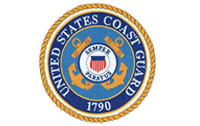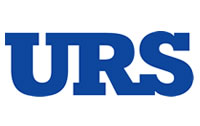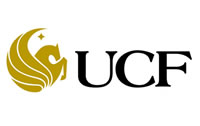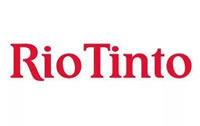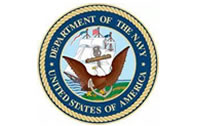An analogy for developing employees…
The crew of Apollo 14 included Alan Shepard (mission commander), Stuart Roosa (command module pilot), and Edgar Mitchell (lunar module pilot). They were tasked with exploring the Fra Mauro highlands. That’s the mission Apollo 13 was supposed to complete, until the mission changed to returning the crew safely to Earth.
Shepard and Mitchell descended to the moon’s surface in the lunar module (known as Antares) and spent 33.5 hours there. During that time they spent about 9.5 hours in extra-vehicular activities (EVAs), walking on the moon. The team collected more than 94 pounds of samples. Perhaps you’ll recall that Alan Shepard built a makeshift golf club and hit a golf ball on the moon. This may cement in your mind that senior managers love golf.
While Shepard and Mitchell were getting all the glory on the moon surface, Roosa was in lunar orbit. He made 34 transits around the moon while waiting for Shepard and Mitchell to finish their round of golf. Aboard the command module (known as Kitty Hawk), Roosa was conducting experiments and photographing the landing site for a future Apollo 16 mission.
Smoke Jumper and Seed Custodian
Roosa had an interesting background for an astronaut. Part of his resume included being a smoke jumper, those folks that parachute into remote areas to tackle wildfires. Knowing this, Ed Cliff, chief of the U.S. Forest Service, suggested an experiment. Several hundred seeds of five varieties of trees were loaded aboard Apollo 14; loblolly pine, sycamore, sweetgum, red wood, and Douglas fir.
The seeds stayed with Roosa aboard Kitty Hawk and never reached the surface of the moon. The seeds were returned to the U.S. Forest Service and germinated. The trees that resulted were known as Moon Trees.
Some of the saplings were planted in close proximity to trees of the same species that were used as controls to see if the experiment showed differences in biology between the two.
Nearly 50 years after their return from space, other than plaques acknowledging the Moon Trees, there were no discernable differences between the Moon Trees and the control trees.
How does this relate to developing employees?
What is my point in providing this obscure history lesson? My point is that nature is resilient. The DNA of a species is similar enough that, no matter what path it takes as a seed, it can become healthy and strong with proper care. The same applies to people. Each person has a unique set of experiences. But, with proper care, they can each grow and thrive.
It’s hard to find fully qualified people. As leaders, we must recognize the potential in our team members. Create the environment for germination. Care for them. Give them sunlight and room to grow. Provide good examples and guidance in what we expect them to become.
How do you create a good germination process? Design an orientation program for new hires, or people that transfer into your team from elsewhere. Ask people that came aboard in the past year what they wish they had been provided with, or what they would have liked to know. Manage your time to interact with each of your direct reports. Discuss a development plan for each person. Help them to craft their personal mission, personal vision, and personal values. Provide opportunities for each team member to gain knowledge and experience that moves them toward their personal objectives.
Go forth and do great things.
Written by Thomas J. Moriarty, PE, CMRP, ARP I/II
Published in Plant Services Magazine Sep 02, 2020
Sign Up for Productive Leadership Overview On-Line Training!
An on-line training course with over six and a half hours of video lessons. Self-paced.



